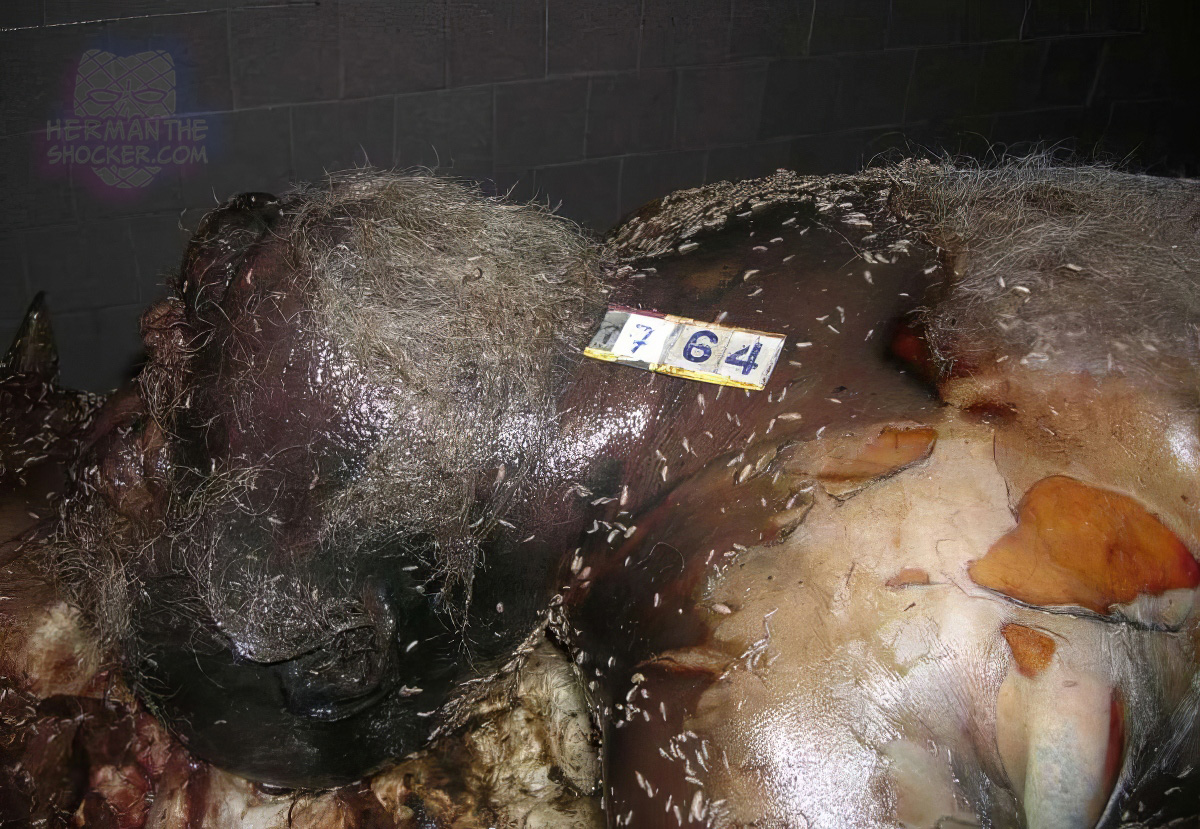Decomposition, or putrefaction, is a combination of two processes: autolysis and bacterial action. Autolysis is the breakdown of cells and organs through an aseptic chemical process caused by intracellular enzymes. Because it is a chemical process, it is accelerated by heat, slowed by cold, and stopped by freezing. Bacterial action results in the conversion of soft tissues in the body to liquids and gases. The chemicals produced as a result of putrefaction are cadaverine and putrescine, hydrogen sulfide and other sulfides, which generate a horrible smell.
Maggots are the larval form of flies. Flies lay their eggs in small and sometimes large bulky clusters on accessible unsubmerged areas, crevices, and cavities of the body, preferring moist areas such as the eyes, nostrils, scalp, lips, ear canals, and open wounds. Individually, these are tiny, round to ovoid, tan-white structures that resemble seeds or grains of rice.
Latest posts








